Yarn Chicken - when you’re almost at the end of your yarn AND your row/repeat/project, and you’re not sure which will come first.
We all want to make the very most of the special yarn we are using and make, particularly shawls, as big as we can with the yarn we have. A lot of our shawl patterns are written such that you can keep going until you run out of yarn. Even just knowing if you can complete a pattern as written can be tricky as the yarn seems to be running out faster than the instructions. Maybe you will be using a different yarn to the suggested one and it might have a different yardage or you haven't checked your tension so don't know if your are using yarn at the same rate.
So how do you know if you can get one more row or repeat out of the yarn you have remaining? How do you take the guess work out of it?
There are two main methods. Both rely on a little forethought, you need to deploy them when you know you definitely have enough to finish the next row/repeat but aren't sure about the one after.
These tips work whether you are crocheting or knitting. The first is more accurate, the second is quicker and easier.

THE WEIGHT METHOD
(requires fairly accurate scales)
Before you start your next row/repeat weigh the remaining yarn. (call this weight A)
B Finish the row/repeat and weight the remaining yarn again. (call this weight B)
Take the second weight away from the first to find the difference. If the difference is less than weight remaining you are good to go again if the row/repeat is the same length ie it is not increasing.
A-B=X if X is less than B you can work another row or repeat.
If you are working on an rows that increase you need to make sure that you have more than the difference remaining to be able to finish it. If you want to take even the guess work out of this you can take an extra data point by weighing another repeat (starting the process earlier) and taking the difference between the two row/repeat weights. You will then need to add this on to the difference. If we call the weight after the second repeat C then we can express it like this:
A-B=X, B-C=Y, Y-X=Z. If Y+Z is less than C you can work another row or repeat.
Too many numbers? Too like school? Try the length method!
THE LENGTH METHOD
(a little less involved)
This works best when you have not too much yarn left to unravel. Find the half way point in your remaining yarn (or further towards the working end if rows are increasing). Tie a small removable knot at about that point. If you finish your row/repeat before you get to the knot then you know you can have another row/repeat.
If you finish a long way before the knot, remove it and repeat because you may get another two rows!
Hope this helps!


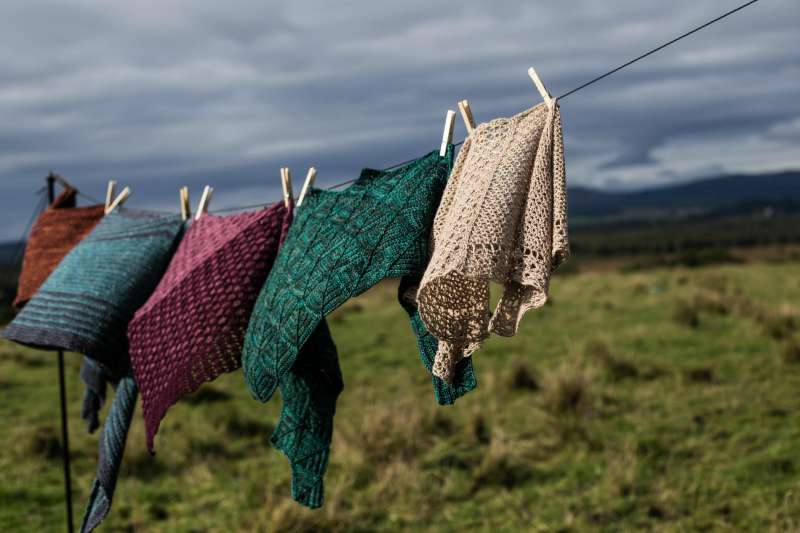
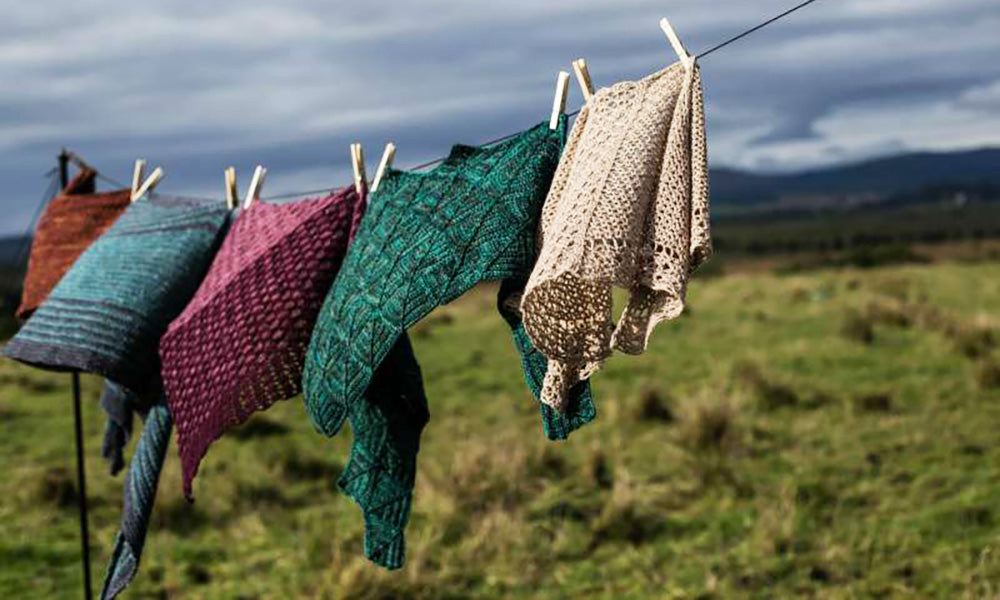
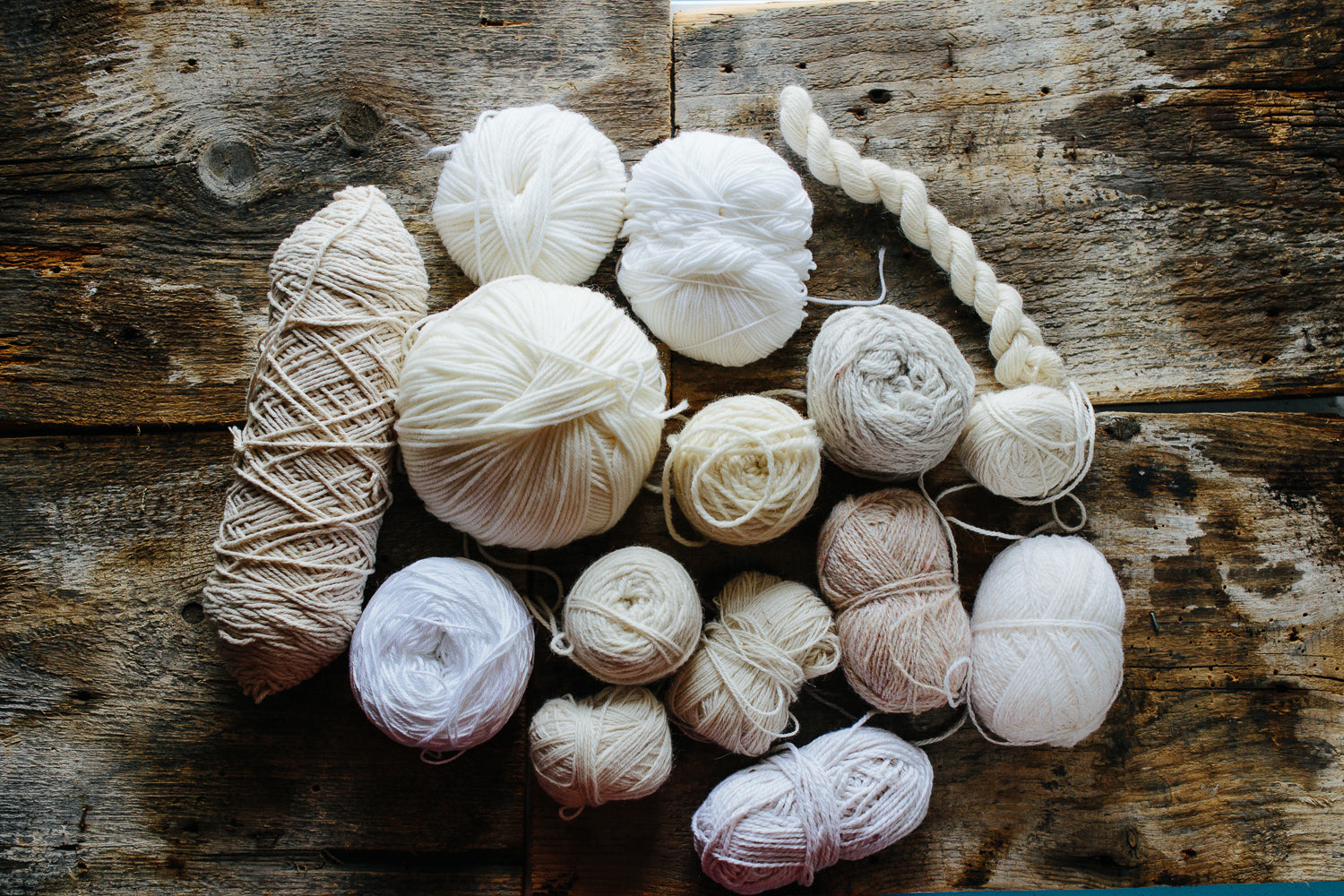

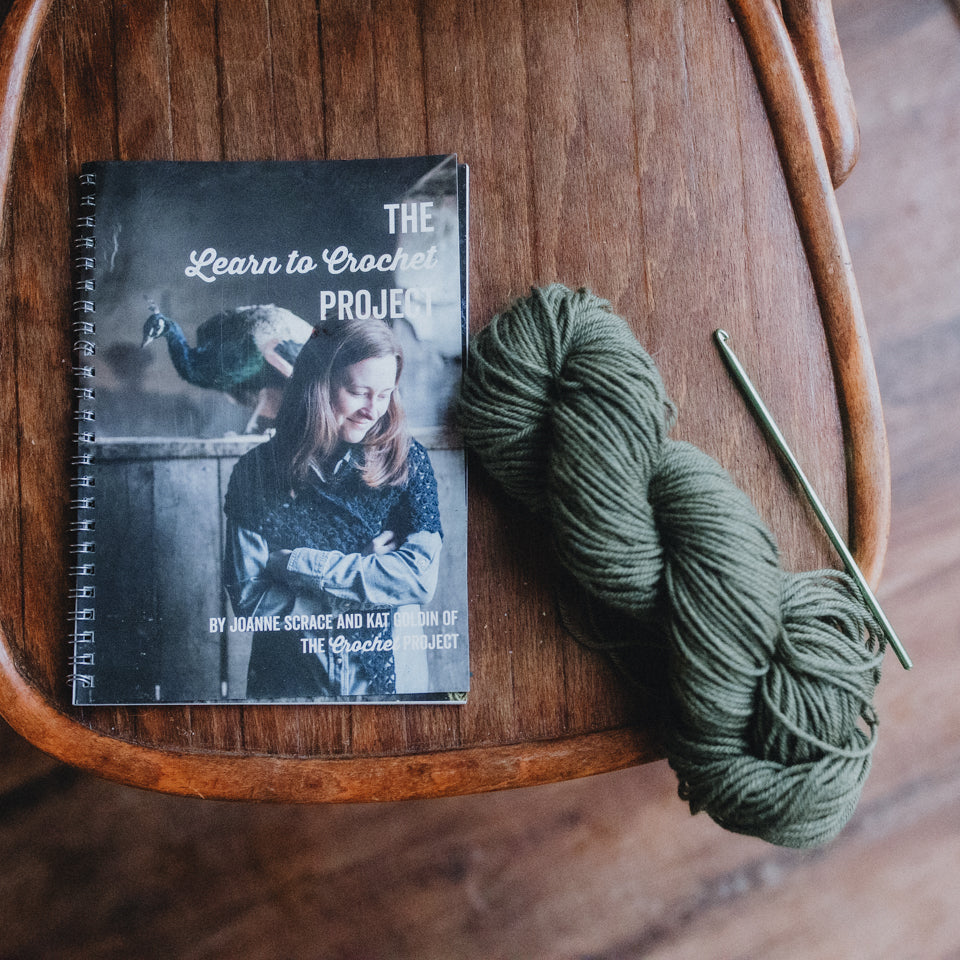
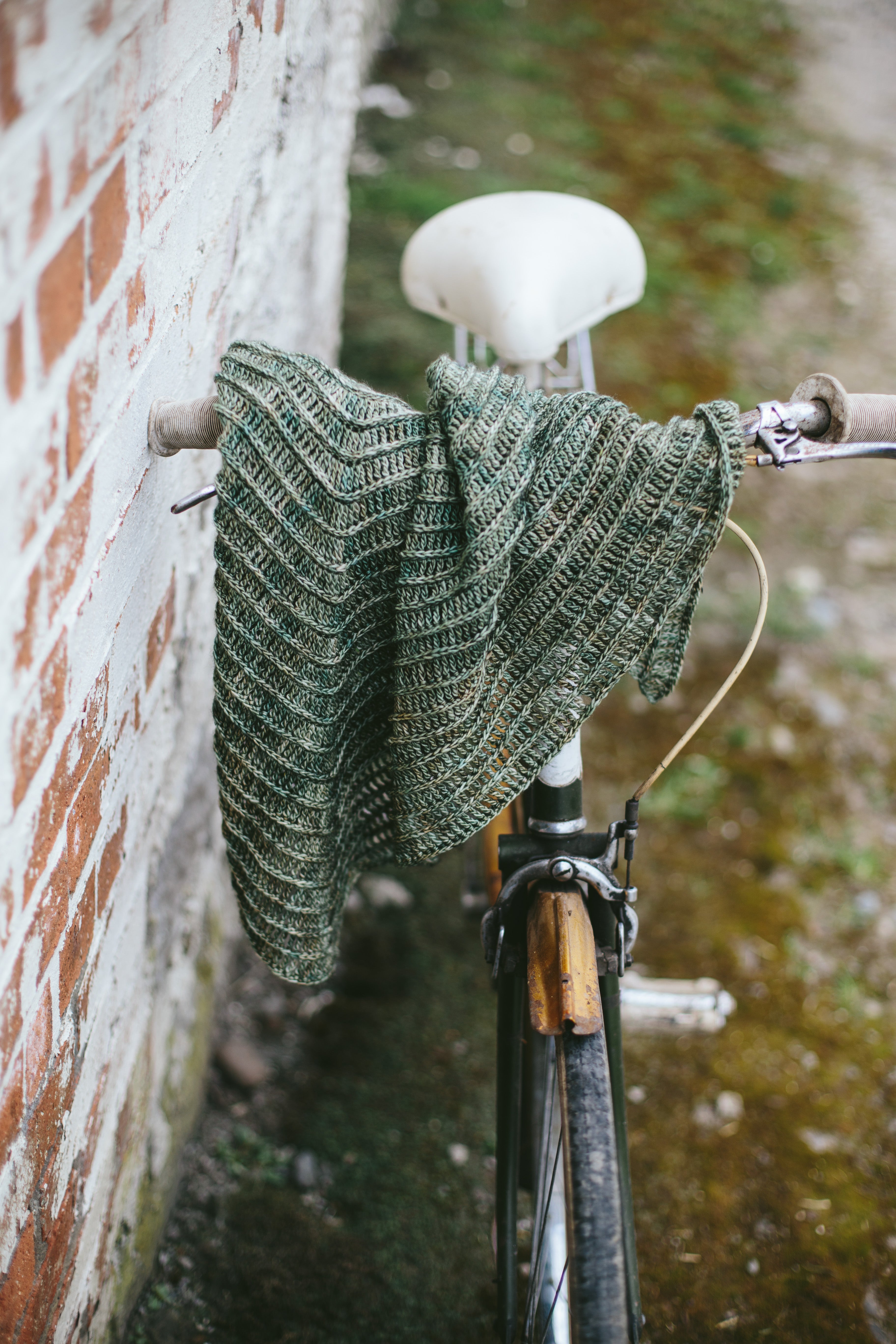
Leave a comment
All comments are moderated before being published.
This site is protected by hCaptcha and the hCaptcha Privacy Policy and Terms of Service apply.